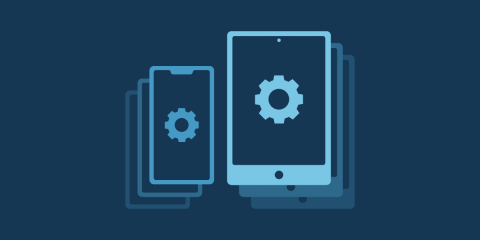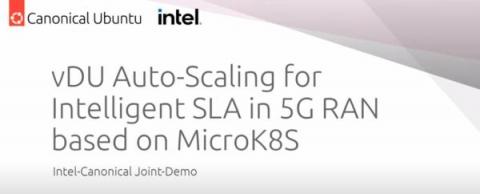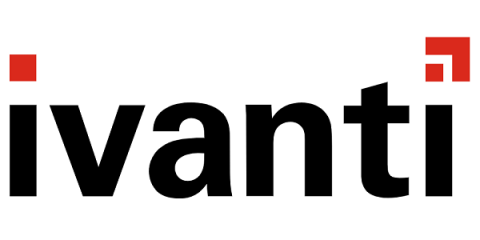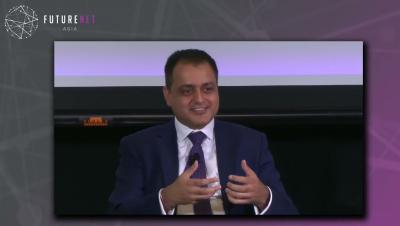Operations | Monitoring | ITSM | DevOps | Cloud
Mobile
Why is Mobile Device Management (MDM) Important?
Today, almost every IT department or MSP uses some form of mobile technology. Even though smartphones, laptops, tablets, and other mobile endpoints are incredibly useful for an organization, they can be difficult to manage. TechFunnel’s article on mobile devices in the workplace announces that one laptop is stolen every 53 seconds, while 7 million smartphones are lost every year.
What's New: PagerDuty Mobile Home Screen Experience
Hybrid and remote work is now the status quo. Companies campaigning for workers to return to the office are facing resistance, with some employers finding that they’re losing employees to jobs that give prospective hires the flexibility they want. Flexible work models have become a competitive advantage in a strained labor market. According to the latest Future of Work report from Accenture, 63% of high-growth companies have adopted a “productivity anywhere” workforce model.
Auto-scaling of Intel FlexRAN components based on MicroK8s and Ubuntu real-time kernel support
RAN has incrementally evolved with every generation of mobile telecommunications, thus enabling faster data transfers between user devices and core networks. The amount of data has increased more than ever with an increase in the number of interlinked devices. With existing network architectures, challenges lie in handling increasing workloads with the ability to process, analyse and transfer data faster. The 5G ecosystem requires virtual implementations of RAN.
How to View Android and iPhone Screen on PC via USB
Mobile Cloud Computing: Overview, Challenges and Scope
The process of delivering mobile apps utilizing cloud technology is known as mobile cloud computing (MCC). Complex mobile apps today carry out activities including authentication, location-aware features and providing users with customized communication and content. As long as your device is online, mobile cloud computing enables you to store and access data anywhere. This makes it possible for data to be sent without difficulty anytime required.
[FREE] How to Transfer Files from Android to Mac Wirelessly 2022
Cloud-Based Email Security - Managing Your Email Security from Anywhere
Securing Productivity in Supply Chains
Mobile device management – it’s been part of your operational technology portfolio for a long time. You’ve been using it for years – or maybe decades – to stage device configurations, push software updates and more. You might be using our Ivanti Avalanche MDM solution to manage your rugged mobile deployments. The device, OS and app management capabilities remain at the center of your mobility management program, and that isn’t going to change.











